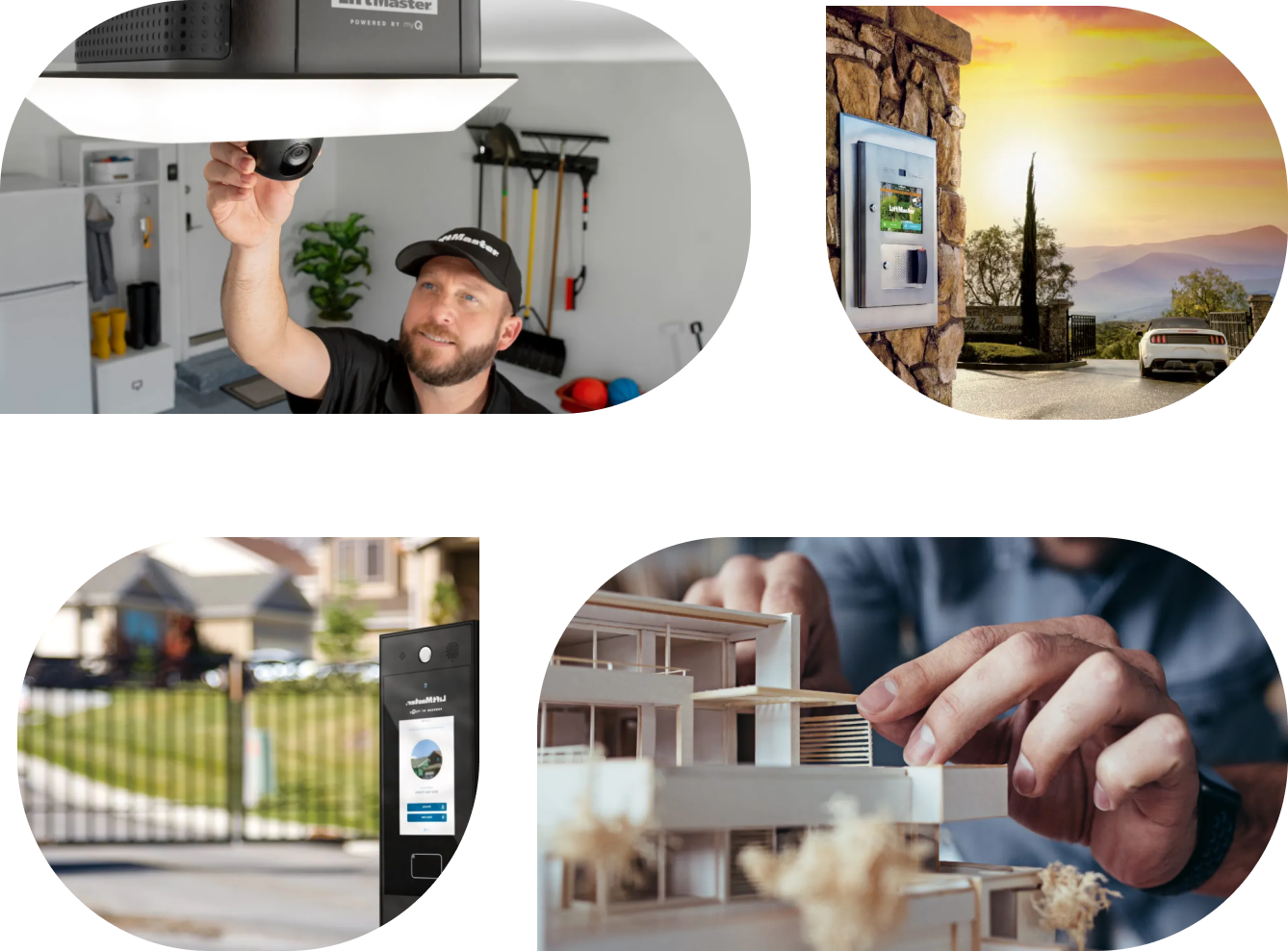Property management is trending toward a digital future. Here’s what you need to know.
 Welcome to the connected age of property management. From smartphones and appliances to access control systems, smart technology has changed not only how we live but where we live. Residents rely on their smartphones in every facet of their lives, it makes sense that they would want the place they call home to be smart, too.
Welcome to the connected age of property management. From smartphones and appliances to access control systems, smart technology has changed not only how we live but where we live. Residents rely on their smartphones in every facet of their lives, it makes sense that they would want the place they call home to be smart, too.
Smart buildings use the internet of things (IoT) to create a connected environment that balances residents’ safety with convenient smartphone apps that unlock authorized doors and send virtual keys to guests.  Research shows that most residents are willing to increase their monthly rent payment to live in technology-integrated buildings. Plus, seven of the top 10 features residents would pay a premium for involved modern digital components or smart accessibility.
Research shows that most residents are willing to increase their monthly rent payment to live in technology-integrated buildings. Plus, seven of the top 10 features residents would pay a premium for involved modern digital components or smart accessibility.
Beyond resident satisfaction, modernizing your property can come with many benefits for property managers. From increased security to improved renewal rates, a connected infrastructure environment also delivers cost reduction and time efficiencies to the whole property management team.
When a problem arises on-site, building managers need a solution that is easily accessible, effective and inexpensive without sacrificing security. IoT-based solutions allow property managers to be responsive in real-time, even while off-site, via cloud-based software and smartphone apps. And software that is hosted in the cloud can also reduce IT operating costs.
We know that implementing new amenities and transforming legacy systems can be a challenge. That’s why we’ve put together a comprehensive guide that identifies technology trends in the industry that are driving changes in property management as it heads into a digital future.
Smart Building Technology Is Replacing Legacy Access Systems
 The reality is, whether property managers are prepared or not, industry changes are coming. Telecom companies are notifying customers that, in accordance with the FCC announcement, plain old telephone systems (POTS) that use copper wiring will gradually be replaced. Although wireless cellular 5G solutions are an option, fiber optic cable is the leading contender for POTS replacement. Many factors make fiber optics a better long-term solution. Fiber optics can easily handle the demands of todays’ high-speed networks with the capacity to handle much more. Data sent via fiber optic cable also travels a greater distance with less signal interference than a telephone line.
The reality is, whether property managers are prepared or not, industry changes are coming. Telecom companies are notifying customers that, in accordance with the FCC announcement, plain old telephone systems (POTS) that use copper wiring will gradually be replaced. Although wireless cellular 5G solutions are an option, fiber optic cable is the leading contender for POTS replacement. Many factors make fiber optics a better long-term solution. Fiber optics can easily handle the demands of todays’ high-speed networks with the capacity to handle much more. Data sent via fiber optic cable also travels a greater distance with less signal interference than a telephone line.
Staying on top of the smart technologies that will replace POTS will give your property an edge as you look to attract—and retain—residents. Installing the digital amenities residents want, such as smart video intercom systems, smart access controls apps, keyless entry and more, will carry a lot of weight when it comes time to make important decisions about where to live—especially in a market where renewal rates are only one-third of what they were prior to 2021.
“It is my belief that property owners and managers who do not transition their portfolio management to cloud-based property management and smart access control software will be unable to keep pace,” says Jenny Lytle, general manager, commercial emerging business at Chamberlain Group.
The internet of things that connects people, processes, devices and even hardware also provides real-time, error-free data, time-saving automation, and the ability to connect with other software that can deliver the smart amenities residents want. Of course, there is no one-size-fits-all approach to building technology. Every property will have different needs based on its infrastructure, location and residents.


